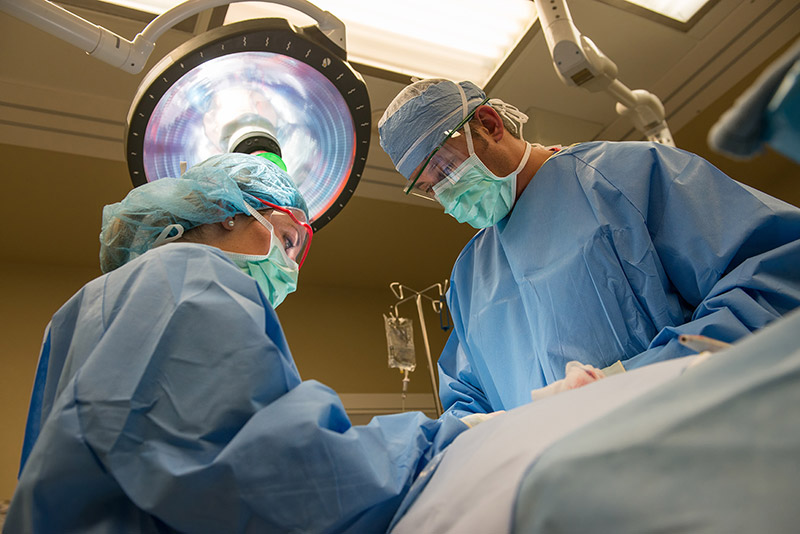Cancer is the most common term for a large group of diseases that affect any part of the body. Few other terms that are used to describe this disease are malignant tumors and neoplasm. In simple words, cancer can be explained as the quick creation of abnormal cells that grow outside their usual borders, and crowd other parts of the body. This phenomenon makes the body inefficient in the way it functions and if not treated appropriately can lead to death. Today, as per the World Health Organization, cancer is the second leading cause of death and is responsible for an estimated 9.6 million deaths globally. There are more than 100 types of cancer and some of the most common cancers are Lung cancer, breast cancer, colorectal, prostate, skin cancer and stomach cancer. WHO also states that around one-third of deaths from cancer occur due to 5 leading behavioral and dietary risks: high body mass index, low fruit and vegetable intake, lack of physical activity, tobacco intake, and excessive alcohol consumption. Tobacco use is the most critical risk factor for cancer and is responsible for approximately 22% of cancer deaths worldwide. But, cancer can be treated very well for many people. More people than ever before lead full lives post-cancer treatment after the new age advancements in the medical space. However, for that, the doctor needs to know correctly what stage the cancer is in and how far it has spread from where it originated. Knowing the type and stage of cancer can help the doctor determine the best treatment options available. Let’s now dive deeper and understand cancer surgeries and its different kinds.
Cancer surgery is a surgical operative procedure carried out to remove the tumor and its surrounding tissue. It is the oldest provision to treat cancer, but it is effective even today to treat multiple types of cancer. Many different types of surgeries exist today, that aid in treating cancer patients alone or in tandem with other treatment options such as radiation and chemotherapy. Some common cancers like breast cancer, cervical cancer, oral cancer, and colorectal cancer have high cure rates when detected at an early stage and if treated with best practices.
Following are the various types of cancer surgeries:
A) Curative Surgery: It extracts the entire cancerous tumor from the body. This surgery type is preferred as a primary mode of treatment in cases where the tumor is restricted to a specific area in the body. Unlike diagnostic surgeries that may get rid of a small portion of tissue to confirm the existence and the stage of the disease, curative surgeries take a much more fundamental surgical approach, typically ensuing in partial or total removal of the organ of origin.



B) Preventive Surgery: It is used for the removal of tissue that is devoid of cancer cells, but tends to develop into a malignant tumor (Pre-cancerous growth) such as intestinal polyps.
C) Diagnostic Surgery: It aids to decide if cells are cancerous or not. It is used to extract a tissue sample for testing in a lab, which confirms the diagnosis of cancer and identifies the cancer type along with the determination of the stage of cancer. There are multiple ways to detect or confirm the existence of a cancer cell. The microscopic examination of biopsy samples is the ultimate way for a positive diagnosis of cancer.
D) Staging Surgery: Staging is the process of finding out the location of the cancer cell and how much of it is there in a person’s body through a laparoscopic procedure. It depends on how the doctor defines the stage of cancer.
E) Debulking Surgery: The main goal is to remove as much cancerous tissue in a patient’s abdomen as possible. Some tumors may be completely removed while others are just reduced in size.
F) Palliative Surgery: It is used in treating cancer at progressive stages Palliative surgery aims at supplying the greatest benefit to the patient using the least invasive intervention.
G) Supportive Surgery: It resembles palliative surgery and aids other treatments of cancer to work with more effectiveness.
H) Restorative Surgery: It is used to restore the patient’s normal look or function after a curative surgery affecting the patient’s appearance such as surgery for oral cancer. There are other novel specialized cancer surgery types, which can help treat cancers.
These newer approaches are:
A) Cryosurgery which uses extremely low temperatures to kill cancer cells. The surgery most often involves the use of liquid nitrogen, although carbon dioxide and argon may also be used.
B) Laser Surgery uses light energy beams to destroy very small cancers. It can also be used to activate drugs to kill cancer cells. This surgery is preferred to treat cancers of difficult to reach areas such as the rectum, cervix, etc.
C) Electrosurgery: As the name suggests, this approach uses electrical current to kill cancer cells, preferably in cancers of the skin and oral mucosa. The two other types of electrosurgery most commonly used are high-frequency electrosurgery and electrocautery.
D) Microscopically controlled surgery or Moh’s Surgery is used in cases where the cancer is present in delicate body parts like the eye. It involves the careful removal of cancerous tissue layer by layer until the extracted layers stop showing evidence of cancer cells.



To round off, a correct cancer diagnosis is the first and the most important step for adequate and effective treatment because every cancer type requires a specific treatment regimen that encompasses one or more modalities. Cancer mortality can be reduced if cases are detected and screened early. The primary goal of all kind of surgeries is generally to cure cancer or to significantly prolong life. Improving the patient’s quality of life is also an important goal as well and this can be achieved by supportive or palliative care and psychosocial support.




